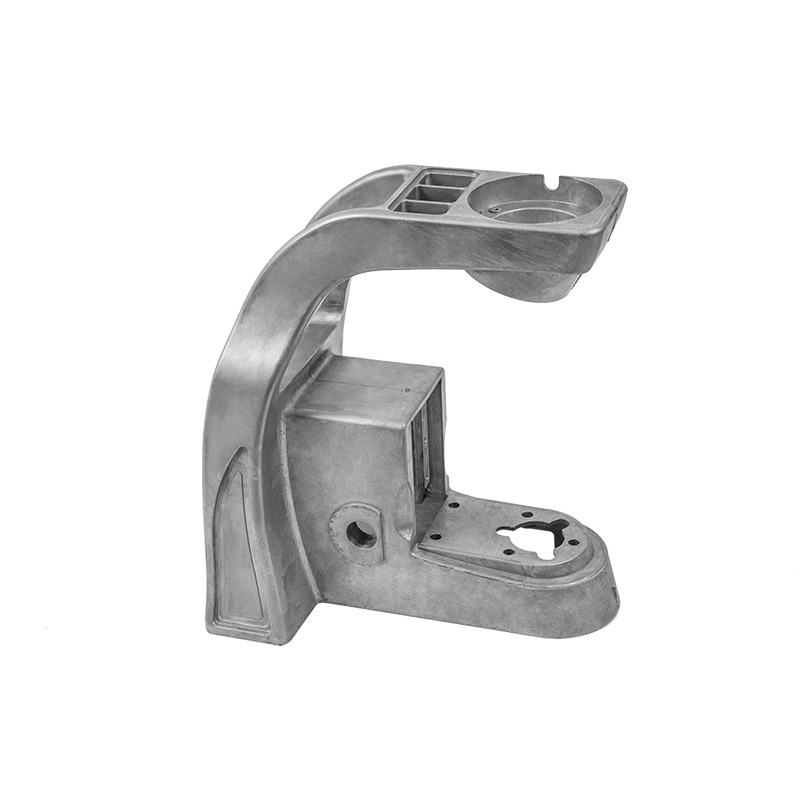For prolonging the service life of precision die-casting molds, it is also more important to perform cooling work in time when the temperature is high. The cooling methods of precision
die casting molds include water cooling, air cooling, heat pipe cooling and indirect cooling. Let's learn more about it below!
1. Water cooling: The precision
die casting mold factory provides cooling water channels to allow circulating water to enter the molding insert or core, thereby bringing heat out of the mold. Water cooling has high cooling efficiency and can effectively reduce the surface temperature of the cavity, but it increases the structural complexity. It is mainly used for molds that require a lot of heat dissipation. To prevent condensation on the cavity surface, the cooling water temperature should be higher than room temperature.
2. Air cooling: For the parts of the die-casting mold that are difficult to cool with water, air cooling can be used, and air cooling can be performed by blower blower or compressed air. Air cooling can not only cool the precision die-casting mold factory, but also blow the paint evenly, disperse the volatile gas of the paint, and reduce the pores of the casting. The cooling temperature of air cooling is much lower than that of water cooling.
3. Heat pipe cooling: It is mainly used for small parts that are difficult to be directly cooled by cooling water. In small parts that need to be cooled, a heat pipe is used to extract special heat and then cooling water is used to cool the heat pipe.
4. Indirect cooling: Alloys with high heat transfer coefficient can be used for indirect cooling at the hot joint of the die-casting mold of the mold temperature machine. The ammonium bronze pins are screwed into the fixed core, and the ends of the copper pins are provided with heat sinks to enhance the cooling effect.
The above content is the cooling method of precision die-casting molds introduced to you this time. I hope it can help you better understand die-casting molds.



